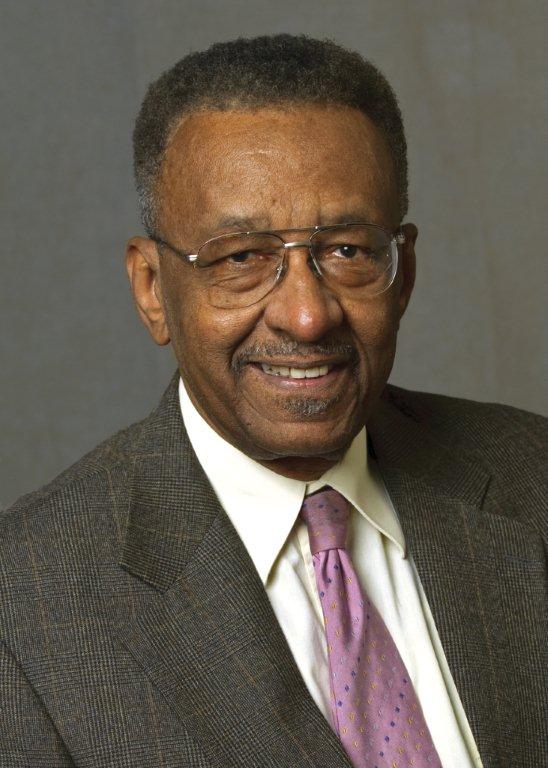Last week’s column discussed parts of Abigail and Stephen Thernstrom’s new book, “No Excuses: Closing the Racial Gap in Learning.” It’s a gap that finds the average black high-school graduate having achieved only what the average white youngster has achieved by the seventh or eighth grade.
Popular recognition of the education meltdown has led to calls for student testing as a condition for high school graduation. The public education establishment resists such tests. Theodore Sizer, former Harvard Graduate School of Education dean, in his opposition said, “The myriad, detailed and mandatory state curriculum frameworks, of whatever scholarly brilliance, are attacks on intellectual freedom,” adding, “High stakes tests arising from these curricula compound the felony.” Deborah Meier, founder of New York’s Central Park East schools, condemned standardized tests as failing to “measure the only important qualities of a well-educated person. … Life scores (not math scores) based on living” should be the educator’s concern. Peter Sacks, another educationist, argues that testing is “abusive,” “inaccurate,” “meaningless” and “a highly effective means of social control.” Sacks concludes that tests amount “to the academic lynching of children of color.” Opposition to tests, as a condition for graduation, has supporters among most members of the faculty at the leading graduate schools of education. The education establishment has also opposed teacher certification tests and often labeled them as racially discriminatory. Perhaps it’s because of the large failure rate among prospective teachers, particularly minority teachers. In 1998, of 1,800 Massachusetts teachers taking the test, 60 percent failed. According to Education World, “Seven states use the National Evaluation System’s tests, 27 use the National Teachers Exam, 43 ask new teachers to pass basic skills tests, and 32 require teachers to demonstrate proficiency in the subjects they teach. Teachers have not done well on those tests. Failure rates are between 20 and 30 percent on the basic skills and proficiency tests and 50 to 55 percent on the National Teachers Exam.” Keep in mind that to pass the teacher certification test you need only eighth-, ninth- and, at best, 10th-grade skills. For example, a multiple choice math question asks: “Amy drinks one-and-a-half cups of milk three times a day. At this rate, how many cups will she drink in one week?” America’s public education rot goes beyond incompetent teachers. According to the Sept. 2 New York Post, in the school year 2002-03, “1,495 Department of Education employees and other school workers were arrested – 228 more than the previous year – an 18 percent increase.” Those arrested included teachers (371), custodians (243), paraprofessionals (181) and school aides (106). Among the charges were assault (313), drugs (435), robbery (180), weapons (88), sex abuse (36) and falsifying documents (74). How representative New York’s school system is of other big city school systems is hard to say. Where is educational rot the worst? If you said at predominantly black inner-city schools, go to the head of the class. Inner-city schools are home to the least qualified teachers. For example, in a dozen Chicago schools, 40 percent of the teaching staff flunked one or more tests. One teacher flunked 24 out of 25 tries, including all 12 of the tests in the subject she taught. Nevertheless, she’s still teaching. None of this is to say that there aren’t a few competent and dedicated inner-city teachers battling tremendous odds. Here’s my question: Do parents, particularly black parents, know or even care about what’s being done to their children in the name of education? Do they know that the A or B on their children’s report card is worthless? Don’t say the solution lies in more money unless you’re prepared to show me great results with expenditures of $15,000 per student in Massachusetts and $13,000 in Washington, D.C., and skyrocketing education budgets elsewhere.
